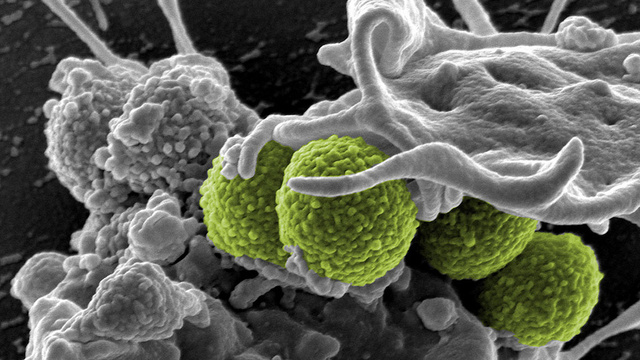There Are Superbugs Resistant to Antibiotics Breeding in Chinese Sewages
Dec 20, 2013 21:24

Here's some troubling news. Scientists have discovered deadly bacteria festering in Chinese wastewater treatment plants. They are superbugs and they can't be killed with even the strongest antibiotics and can even survive the purification process. I think the only answer is fire.
Pedro Alvarez, an environmental engineer from Rice University, recently led a study about the frightening trend. Here is his assessment:
It's
scary. There's no antibiotic that can kill them. We only realized they
exist just a little while ago when a Swedish man got infected in India,
in New Delhi. Now, people are beginning to realize that more and more
tourists trying to go to the upper waters of the Ganges River are
getting these infections that cannot be treated.
We often think about sewage treatment plants as a way to protect us, to get rid of all of these disease-causing constituents in wastewater. But it turns out these microbes are growing. They're eating sewage, so they proliferate. In one wastewater treatment plant, we had four to five of these superbugs coming out for every one that came in.
If an environmental engineer can find something like this so scary, I think we have reason to worry. The bacteria found is not one specific bacteria, but a gene that can be picked up by any kind of bacteria. We often think about sewage treatment plants as a way to protect us, to get rid of all of these disease-causing constituents in wastewater. But it turns out these microbes are growing. They're eating sewage, so they proliferate. In one wastewater treatment plant, we had four to five of these superbugs coming out for every one that came in.
The so-called New Delhi Metallo-beta-lactamase (NDM-1) gene can actually make common yet deadly bugs like E. coli and salmonella completely antibiotic resistant.
So far, it is limited to Asia. Someone better do something before this becomes a worldwide contagion.
The actual good news is that scientists are finding ways beyond antibiotics to kill superbugs. We're guessing it isn't fire. [Rice Image via Flickr / NIAID]







































































